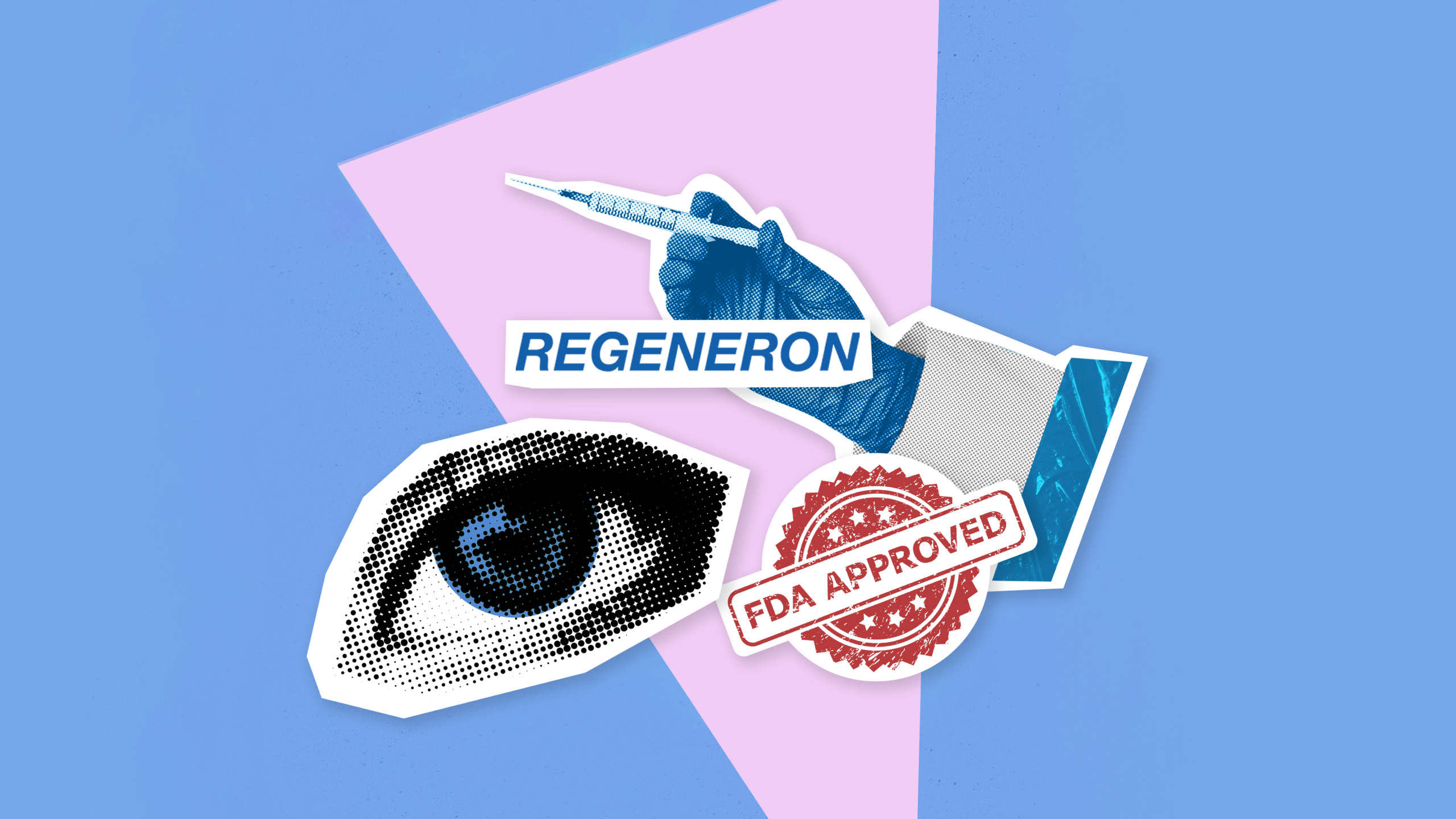A fresh FDA nod gives retina specialists more room to flex their dosing strategy.
It’s another busy day at the office for anti-VEGF advancements. Regeneron’s (New York, USA) EYLEA HD (aflibercept injection 8 mg) for macular edema following retinal vein occlusion (RVO) has been approved by the U.S. Food and Drug Administration (FDA). The therapy is now the first in RVO to allow eight-week dosing after an initial monthly phase.
The FDA also approved monthly dosing every four weeks as an option across all EYLEA HD indications, including wet age-related macular degeneration (wAMD), diabetic macular edema (DME), diabetic retinopathy (DR) and RVO. This update expands flexibility for individualized treatment plans and follow-up intervals for patients requiring long-term retinal care.
“We believe these approvals further position EYLEA HD as a treatment of choice for certain retinal diseases and underscore our relentless commitment to meeting the needs of patients and the retina specialists who treat them,” said Dr. George Yancopoulos, Regeneron co-founder, board co-chair, president and chief scientific officer.
READ MORE: FDA Grants Priority Review to Eylea HD for Macular Edema Following RVO
“EYLEA HD is the first treatment for retinal vein occlusion that can potentially cut the number of injections that patients receive in half compared to existing therapies,” he added. “And with the addition of a monthly dosing option for all four approved EYLEA HD indications, physicians now have greater flexibility and optionality to tailor treatment to meet individual patient needs.”
What does the new FDA label allow?
With the expanded FDA approval, EYLEA HD now includes clearly defined intervals for each indication. For RVO, patients may transition to every eight-week dosing after three to five initial monthly injections. For wAMD and DME, dosing may be extended to every eight to 16 weeks following three monthly doses. And for DR, patients may also move to every eight to 16 weeks after the same loading phase.
READ MORE: Could Eye Drops Replace Injections? Experts provide insights into the prospects and challenges of using eye drops to treat retinal conditions
The label also notes that some patients may not maintain disease control with extended intervals and may benefit from returning to monthly or four-week dosing. These options allow clinicians to personalize treatment schedules based on response and visual stability.
Data behind the new approval
The FDA decision is supported by the Phase III QUASAR trial, a global, double-masked, active-controlled study comparing EYLEA HD (after either three or five monthly doses) with EYLEA 2 mg given every four weeks. At week 36, EYLEA HD achieved non-inferior visual acuity gains compared with the standard dose, with consistent outcomes across branch, central and hemiretinal vein occlusion.
READ MORE: Wet vs Dry Age-Related Macular Degeneration: A Patient’s Brief Guide
Adverse reactions occurring in 3% or more patients included increased intraocular pressure, blurred vision, cataract, conjunctival hemorrhage, ocular discomfort, eye pain, eye irritation and vitreous detachment. This is in line with the previous anti-VEGF findings.
READ MORE: Eylea 8 mg Approved in EU for 6-Month Dosing in nAMD and DME
Pre-filled syringe and manufacturing update
Regeneron also addressed the status of the EYLEA HD pre-filled syringe (PFS). The product remains under review due to unrelated issues identified at the Catalent India facility during an FDA inspection in July 2025. The company expects to submit an alternative PFS filler approval by January 2026 and will continue supplying the therapy in vial form in the meantime.
READ MORE: NexThera, Oculis and Bayer Report Advances in Retinal Disease Therapies
The takeaway
The approval of EYLEA HD adds both flexibility and continuity for retina specialists. With RVO now included on the label, clinicians gain more options for customizing dosing intervals across multiple retinal diseases. It may reduce injection frequency for well-controlled patients while preserving the ability to return to monthly treatment when needed.
Editor’s Note: This content is intended exclusively for healthcare professionals. It is not intended for the general public. Products or therapies discussed may not be registered or approved in all jurisdictions, including Singapore.
